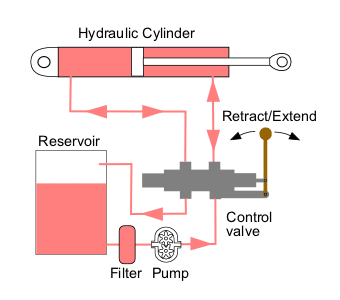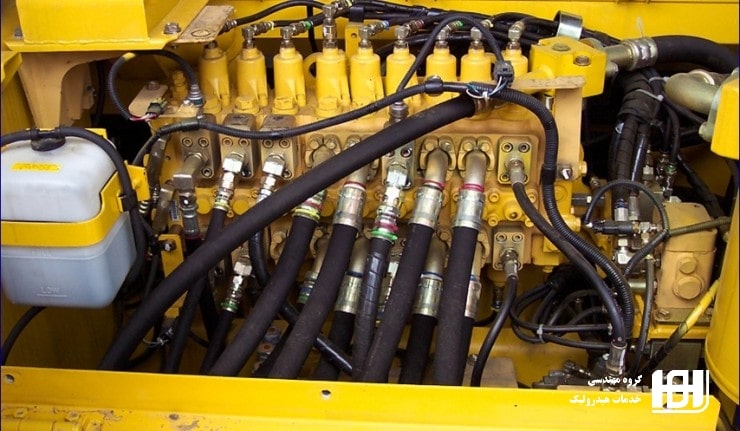What is a hydraulic system? The hydraulic system is one of the mechanical techniques that is driven by hydraulic oil (fluid). Hydraulic oil is used as the primary power source in operating the machine attachments so they can work according to their axis.
Until now, the need for hydraulics continues to penetrate various corporate sectors, from the automotive business to everyday life. Directly, a hydraulic system provides fresh air to business activists to achieve work efficiency.
No doubt that the need for hydraulics is now increasing rapidly in various urban areas. Among them are hoses, pipe crimping, hydraulic pumps, filter elements, pipe clamps, fittings, and many others.
Definition of Hydraulic System
What is a hydraulic system?
A hydraulic system is a form of power transfer that uses a conducting medium as a liquid fluid (usually oil) to obtain greater power than the initial power released.
A hydraulic system is a series of components that utilize liquids to produce mechanical energy. A hydraulic system is a form of change or transfer of power by using a conducting medium in the form of liquid fluid to obtain greater power than the initial power released.
Take a peek at how the hydraulic system works
How does the hydraulic system work?
This question often arises in various circles: academics, the public, and ordinary machine users.
So, here’s a Hydro Mechanic explaining how the hydraulic system generally works. You can read more below.

In the process, working oil or fluid is delivered through a hydraulic pump. In a hydraulic pump, the hydraulic pressure changes to high pressure. Furthermore, the liquid is passed back to the working cylinder through the pipelines and valves. The translational motion of the piston rod from the operating cylinder caused by fluid pressure in the cylinder chamber is utilized for forward and backward movement.
So, what components are included that are driven by the fluid?
1. Hydraulic Tank
2. Hydraulic Pump
3. Control Valve (Control Valve)
4. Actuators
5. Pressure Regulating Valve (Main Relief Valve)
6. Filters
The filter functions as a filter for dirt, dust particles, or other contaminating substances that can hinder the circulation of the hydraulic system.
